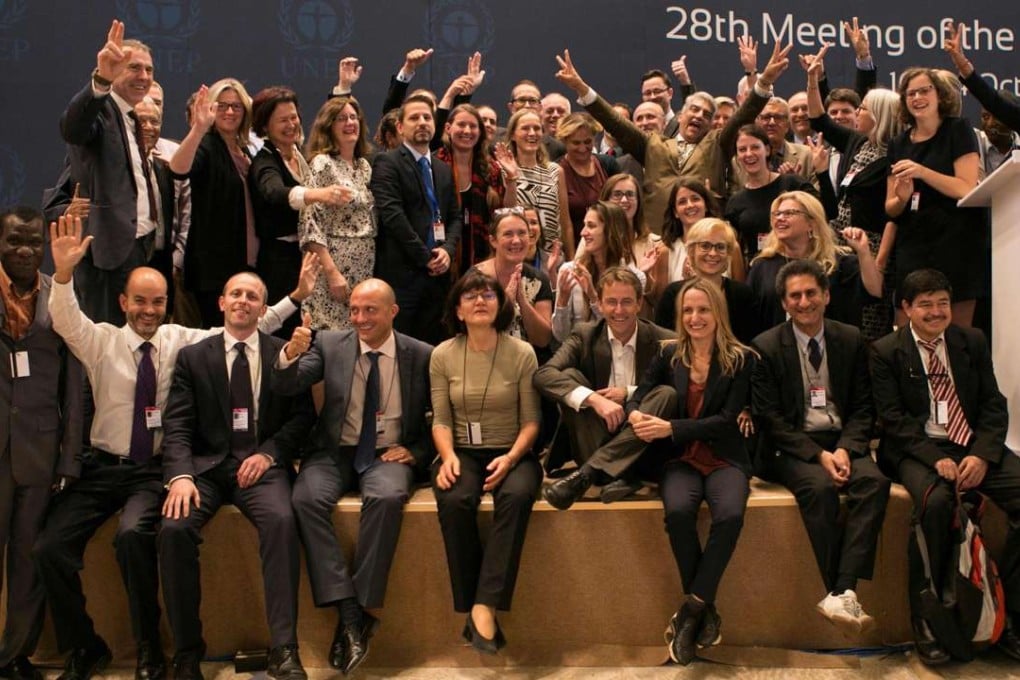Macroscope | Why the Montreal Protocol is the most successful climate agreement ever
Compared to other efforts at international cooperation it not only binds countries, it contains financial provisions to assist in phase-outs

Just under two weeks ago, an important new deal was struck under the Montreal Protocol on Substances that Deplete the Ozone layer. This is not as remote or unimportant as it might sound.
It stands as a rare example of how governments can work together on issues that are manageable only with international cooperation.
The Montreal Protocol has been characterised by former UN Secretary General Kofi Annan as “perhaps the most successful international agreement to date.”
Among other things, this refers to its singular success in addressing the problem it was set up to fix – a growing hole in the earth’s ozone layer over Antarctica, and to a lesser extent the Arctic.
The holes have started to close, although experts reckon it will take more than 30 years to restore the health of the ozone layer to where it was in 1980.
The Montreal Protocol is also the only universal UN Agreement, signed by 196 states and the EU. It has more signatories than any other international agreement or body, including the United Nations itself. The Protocol was negotiated almost 30 years ago, in 1987. It requires its signatories to phase out the use of chlorofluorocarbons, which were the key driver of ozone depletion.
